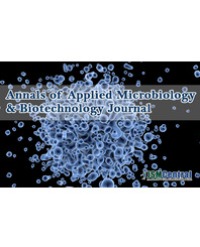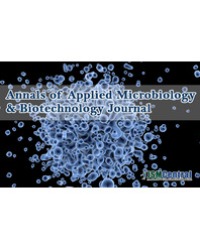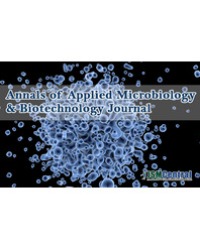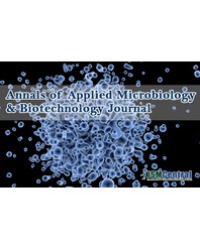
Isolation and Screening of Novel Isolates of Bifidobacteria from Human Milk as Potential Probiotic with Antidiarrheal Activity
Aims:
The objectives of this research work were isolation of Bifidobacteria from the human milk and its Probiotic characterization such as low pH, bile and in-vitro antimicrobial activity against diarrhea causing pathogen.
Methodology and Results:
In this research work, 47 bifidobacterial isolates were isolated from the human milk of the 50 lactating women and identified by using phenotypic methods. The isolates were examined in-vitro for their tolerance to unfavorable condition at low pH of 2 and 4 and at different concentrations of bile 0.3%, 0.5% and 1%. Further the isolates were tested for the antimicrobial activities by using diarrhea causing indicator stains such as E. coli, Salmonella enterica and Shigella boydii. Antibiotic susceptibility test was performed for the isolates which showed zone of inhibition in antimicrobial testing. Based on the result of in-vitro Probiotic test, the best four isolates Dbs18, Smk9, Smk4 and Smk5 were selected for further evaluation of tolerance test of phenol (0.1%, 0.2%, 0.4%), NaCl (5%, 8%, 12%). Auto aggregation and hydrophobicity assay were also done for the four selected isolates. In in-vitro test of low pH, out of 47 isolates only 14 isolates were able to grow whereas in bile tolerance assay most of the isolates grew well at 0.3% bile concentration but variability of growth of isolates were observed at 0.5% and 1% bile. In antimicrobial assay, 15 isolates out of 47 isolates showed antimicrobial activity after ruling out the inhibitory activity of low pH. In NaCl and phenol tolerance test all the four selected isolates were able to survive the different concentration of phenol and NaCl. The percentage of hydrophobicity and auto aggregation was highest in Dbs18 followed by Smk9 among the four isolates.
Conclusion, significance and impact of study:
Among the four isolates Dbs18 and Smk9 showed good hydrophobicity and auto aggregation ability. These bifidobacterial isolates Dbs18 and Smk9 are found to possess desirable Probiotic properties and will be selected for the in-vivo test and molecular identification will be done for the selected isolates. These bifidobacterial strains may act as a potential candidate of novel Probiotic strain isolated from human milk for the treatment of bacterial gastrointestinal diarrhea.
Sangeeta Huidrom* and Narotam Sharma



